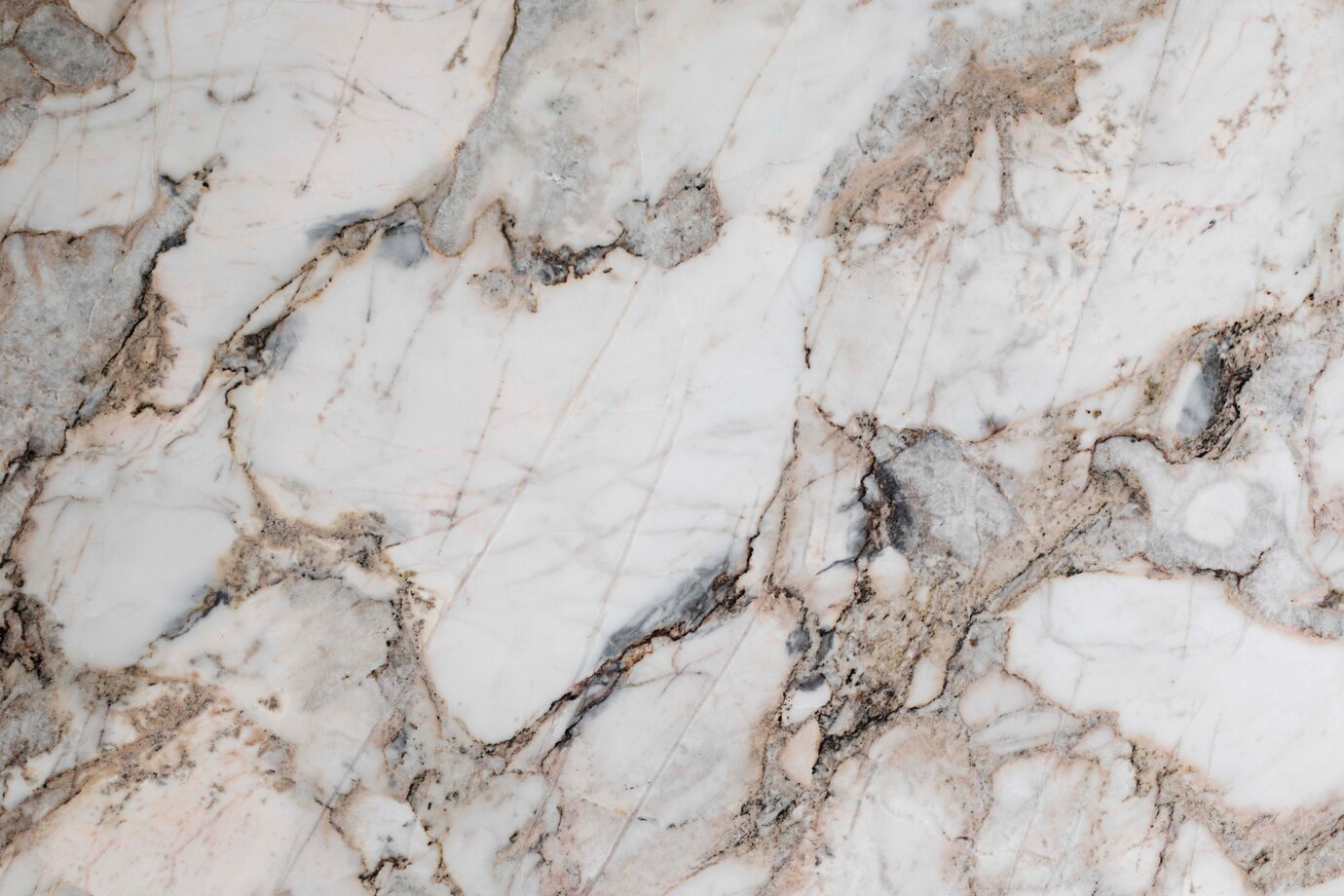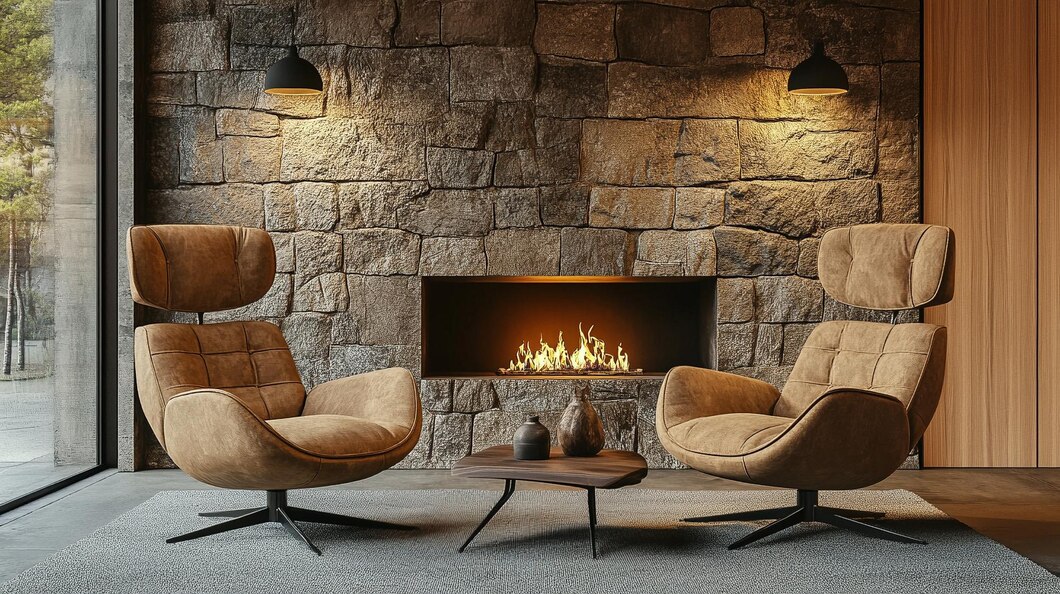
The Origins of Travertine Marble and Its Popularity in Chennai Interiors
When it comes to natural stones that combine timeless beauty with architectural versatility, Travertine marble holds a unique place. Known for its soft, earthy tones and distinctive vein patterns, this elegant stone has been a favorite among architects and interior designers for centuries. Today, Travertine Marble in Chennai has become a preferred choice for those seeking luxury, warmth, and natural sophistication in both residential and commercial spaces.
The Origins of Travertine Marble
Travertine is a form of limestone deposited by mineral springs, especially hot springs. Unlike granite or quartzite that form deep within the Earth’s crust, travertine is a sedimentary rock created over thousands of years near riverbanks, caves, and geothermal areas. Its formation occurs when calcium carbonate precipitates out of groundwater and collects on the surface, creating layers that harden over time.
Historically, travertine has been used since ancient Roman times. The Colosseum in Rome—one of the world’s most iconic architectural marvels—was constructed almost entirely out of travertine. The stone’s porous texture and natural durability made it a reliable building material for amphitheaters, temples, and bathhouses. Over time, its use spread across Europe and the Middle East, adorning palaces, cathedrals, and monuments.
The word “travertine” itself is derived from the Italian “travertino,” meaning “Tibur stone,” referencing Tivoli, a region near Rome where extensive travertine quarries still exist today. Other notable sources include Turkey, Iran, and Mexico—each producing travertine with distinct color variations and veining patterns.
Travertine Marble in Modern Design
In contemporary architecture, travertine continues to be cherished for its organic warmth and versatility. Designers appreciate how it bridges traditional aesthetics with modern minimalism. The stone’s soft beige, ivory, and silver tones blend seamlessly into both classic and contemporary spaces, offering a timeless appeal.
Travertine’s natural texture allows it to be finished in multiple ways—polished, honed, tumbled, or brushed—each lending a unique character to the surface. While polished travertine offers a smooth and reflective look suitable for luxury interiors, honed and tumbled finishes add a rustic, earthy feel, ideal for outdoor spaces and accent walls.
Rising Popularity of Travertine Marble in Chennai Interiors
In recent years, Travertine Marble in Chennai has seen growing demand, driven by evolving design preferences and the city’s rising appreciation for global material trends. Homeowners, architects, and developers are increasingly drawn to travertine for several reasons:
1. Natural Warmth and Aesthetic Versatility
Chennai’s interior design scene has embraced earthy, natural palettes that complement the city’s tropical climate. Travertine’s subtle beige and cream tones enhance this warmth while keeping interiors airy and sophisticated. It pairs beautifully with wood, metal, and glass—making it an ideal choice for modern homes, luxury villas, and commercial lobbies.
2. Cooling Properties for Tropical Climates
Travertine is known for its ability to remain cool underfoot, even in warm conditions—a practical advantage in Chennai’s humid weather. This makes it perfect for flooring, wall cladding, and outdoor patios where comfort and aesthetics go hand-in-hand.
3. Timeless Luxury
Unlike trend-based materials, travertine never goes out of style. It adds understated luxury to interiors without overpowering the space. Whether used in bathrooms, staircases, or facades, Travertine Marble in Chennai projects a classic yet contemporary charm that appeals to modern sensibilities.
4. Sustainability and Longevity
As a natural stone, travertine is eco-friendly and long-lasting. When properly sealed and maintained, it can last decades while retaining its original beauty. This durability makes it a valuable investment for residential and commercial properties alike.
Applications of Travertine Marble in Chennai Homes
Travertine’s adaptability allows it to be used in numerous ways:
-
Flooring: Its cool touch and natural grip make it a favorite for both indoor and outdoor flooring.
-
Wall Cladding: Used as accent walls, it creates a textured, organic backdrop.
-
Bathrooms and Vanity Tops: Travertine brings spa-like tranquility to wet areas.
-
Facade Design: The stone’s resistance to heat and weathering makes it ideal for exterior applications.
-
Decorative Elements: From coffee tables to feature staircases, travertine adds sophistication to every corner.
Caring for Travertine Marble
While durable, travertine is naturally porous and benefits from sealing to prevent staining and etching. Regular cleaning with pH-neutral products and resealing every few years helps maintain its finish and color depth. When properly cared for, it retains its natural luster for generations.
Conclusion
From its ancient Roman roots to its contemporary applications, travertine has stood the test of time as a symbol of elegance and durability. In Chennai, where architecture increasingly balances tradition with modern luxury, Travertine Marble has found its perfect setting. Whether adorning a villa in ECR or a luxury apartment in Nungambakkam, Travertine Marble in Chennai continues to redefine interiors with its serene charm and timeless appeal.



